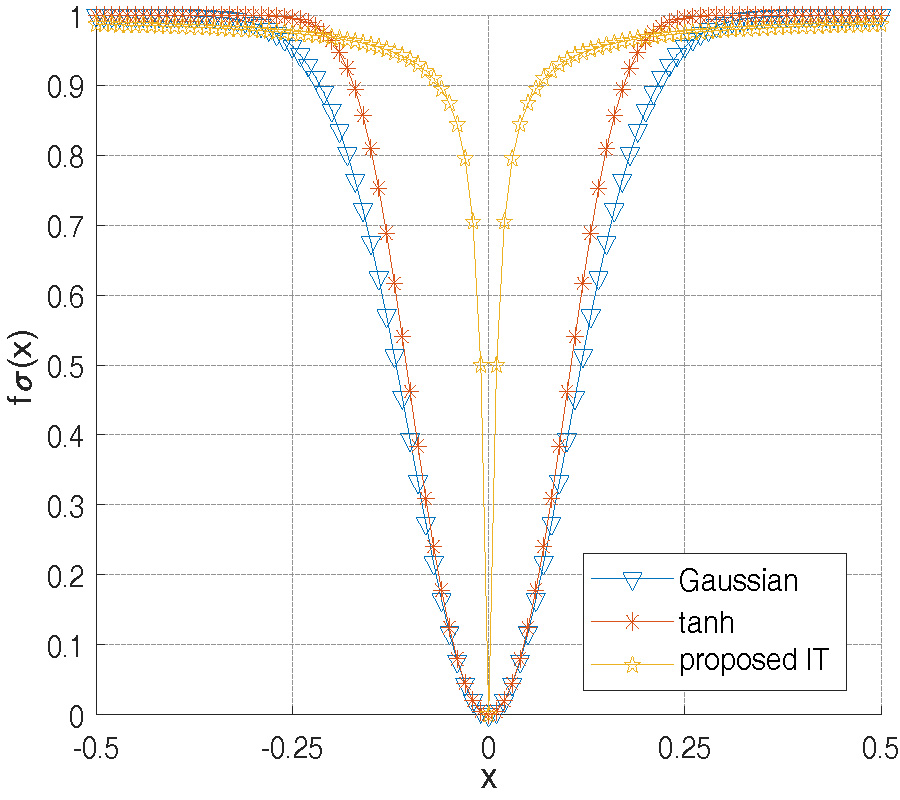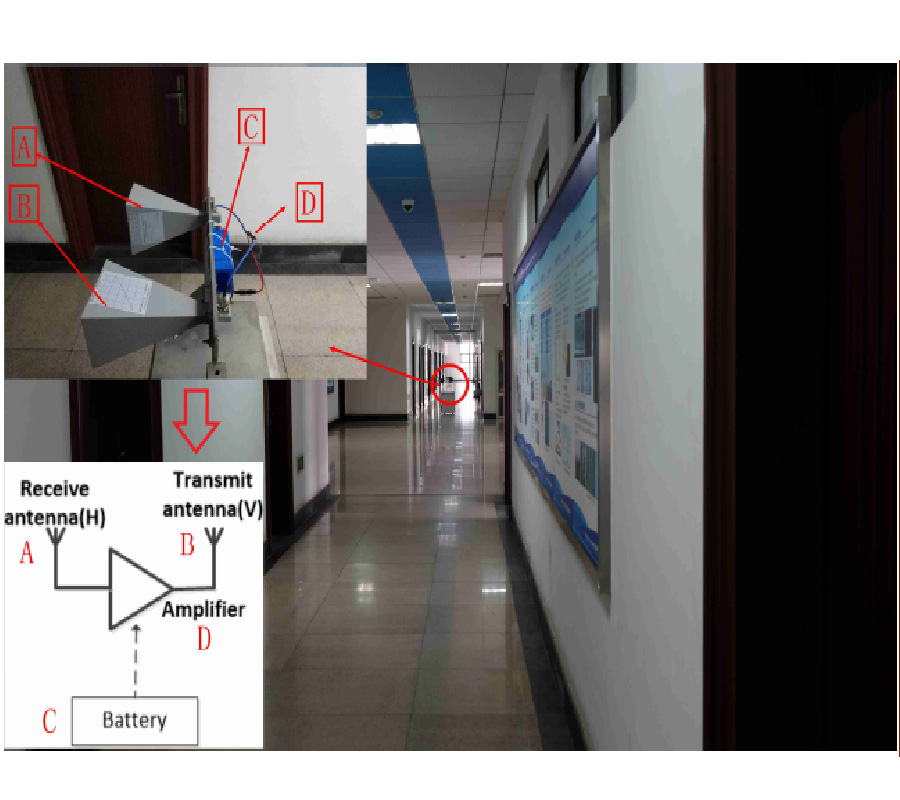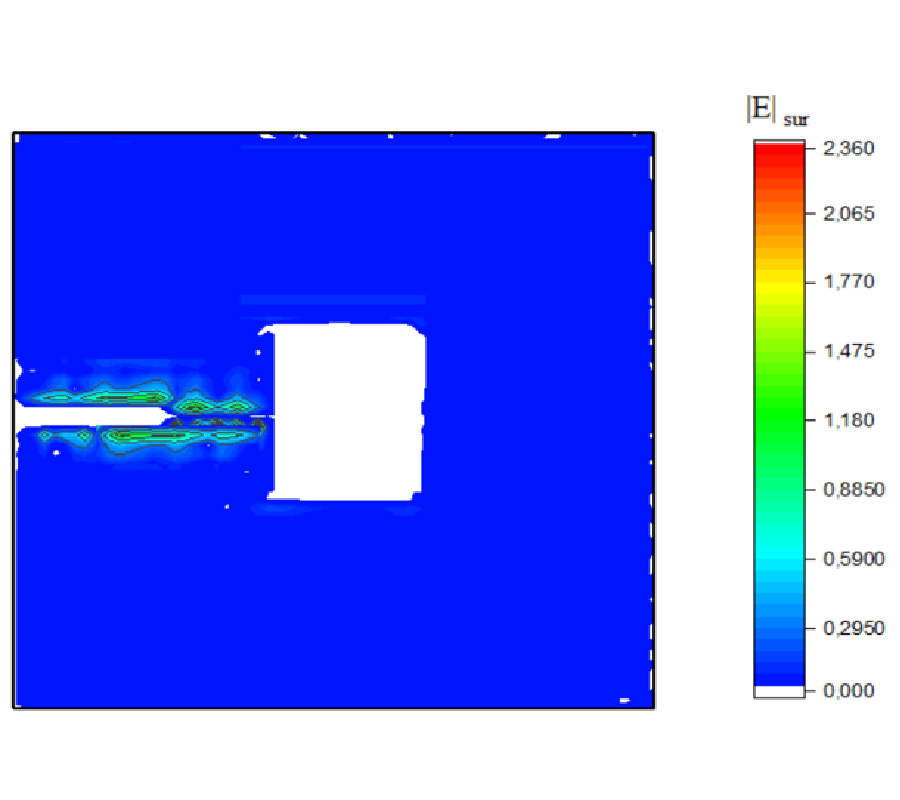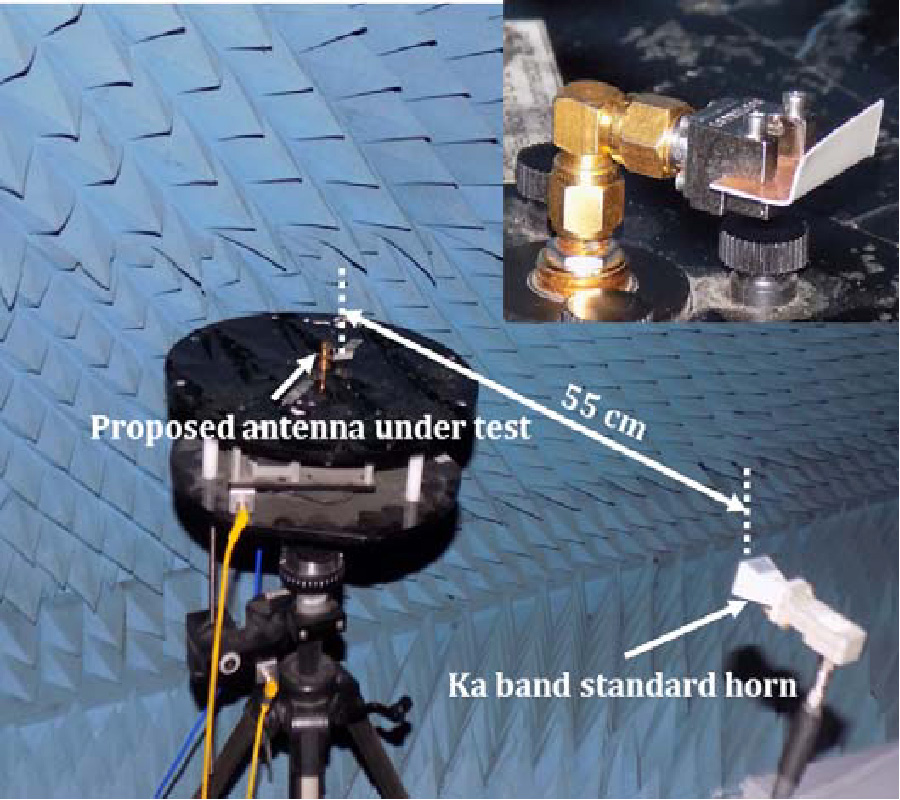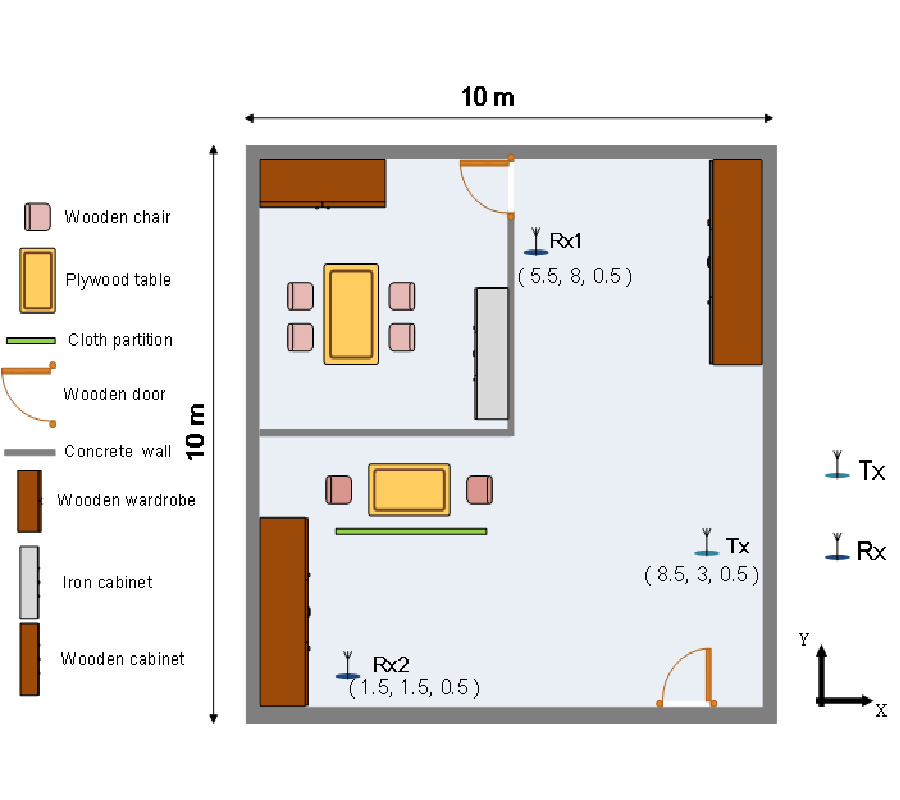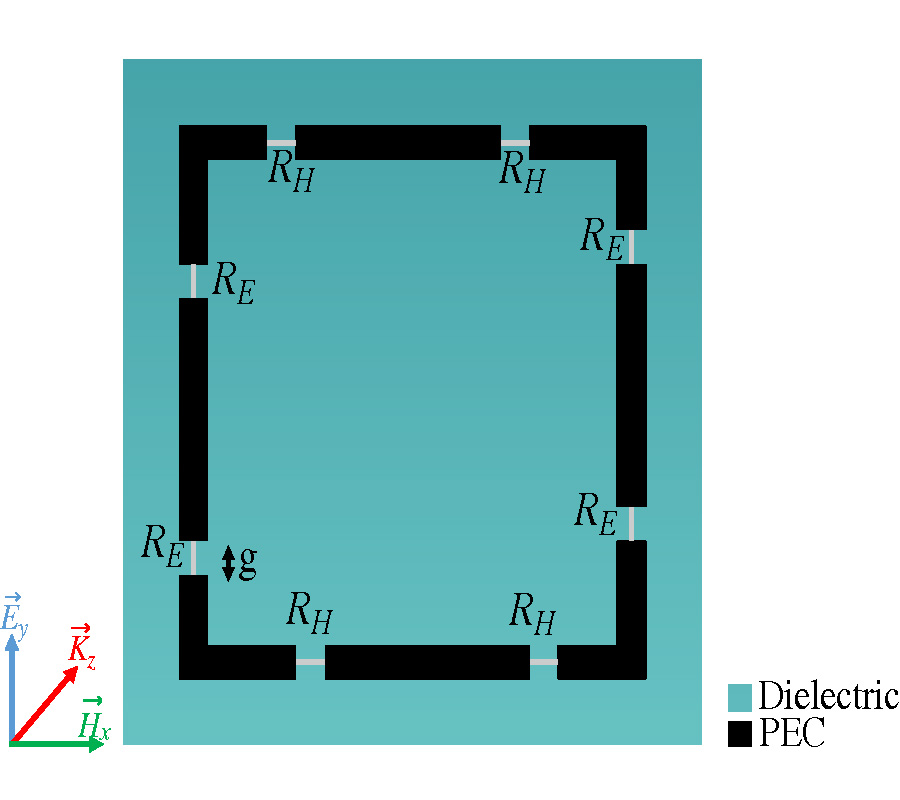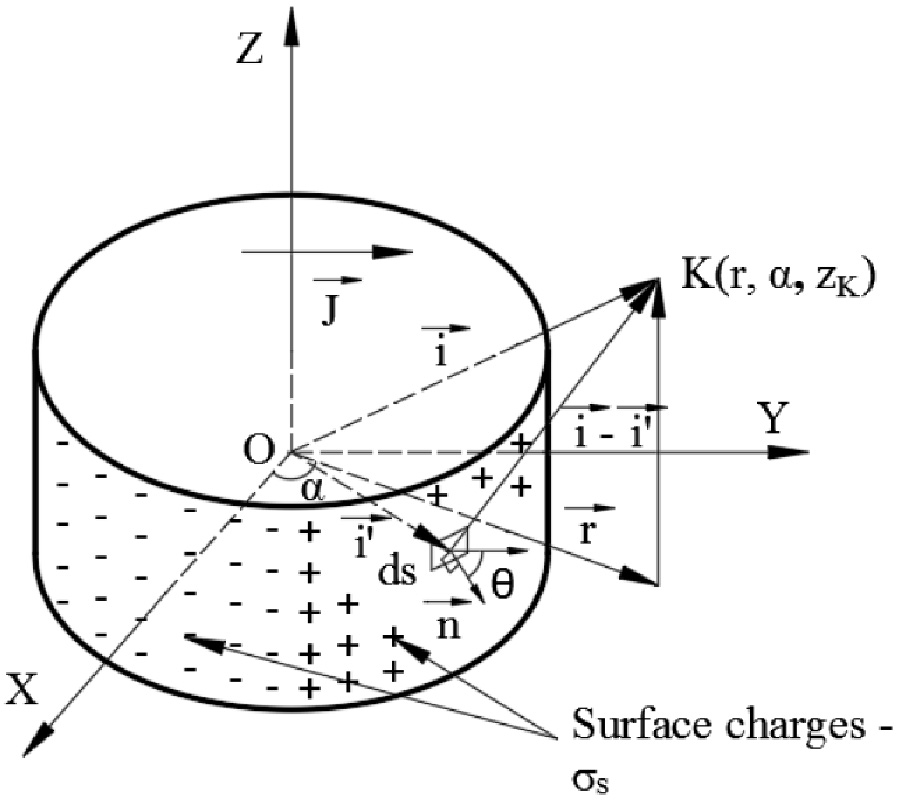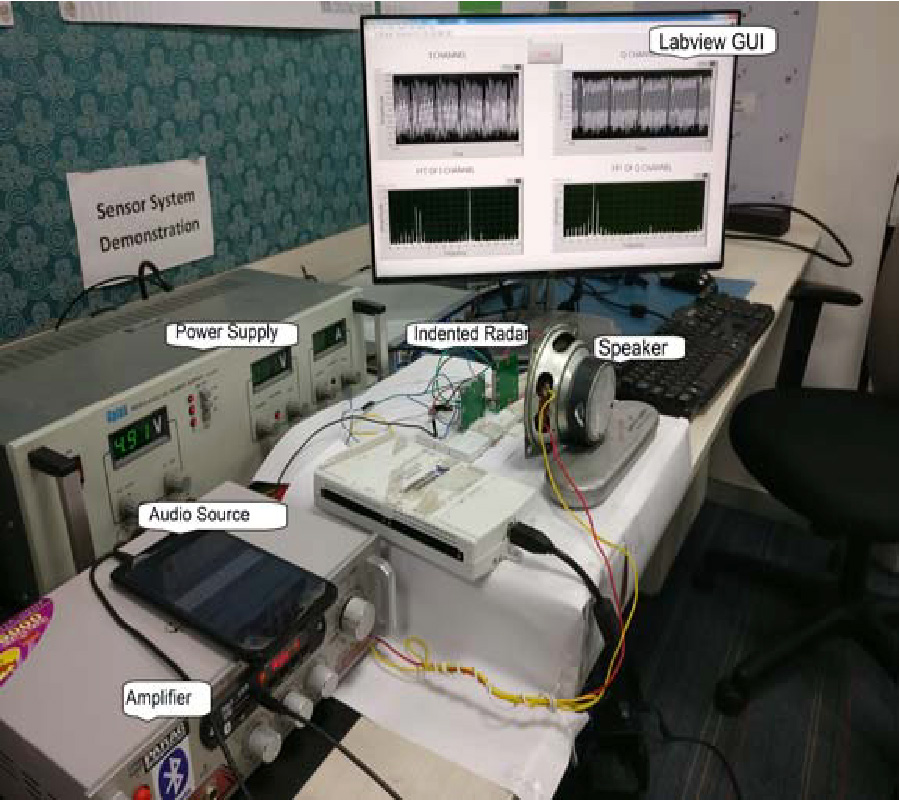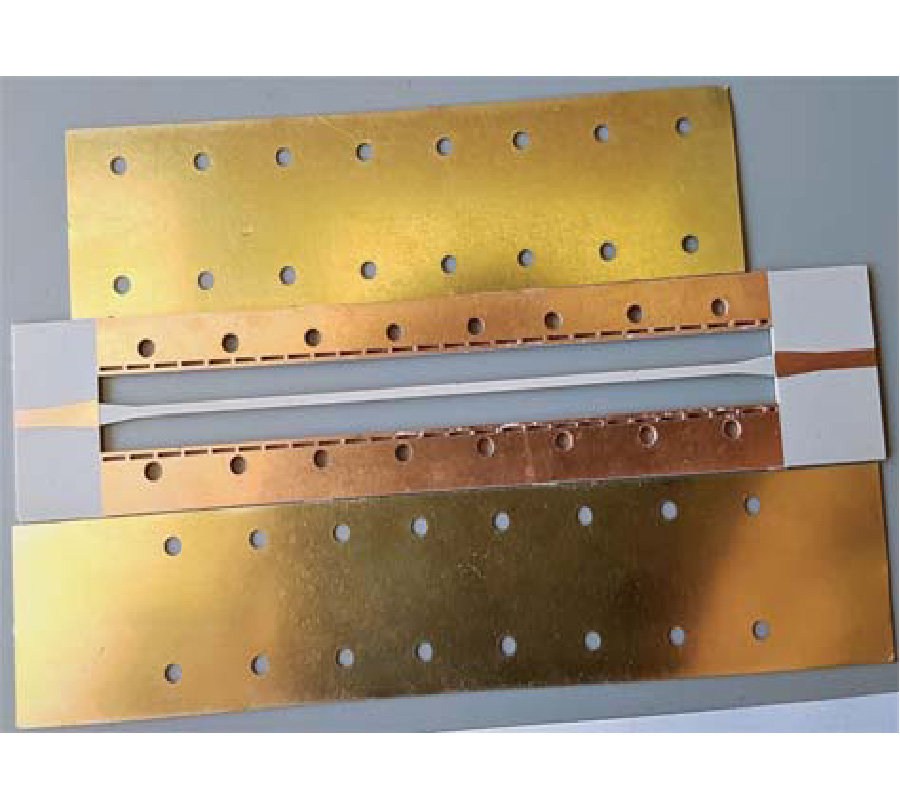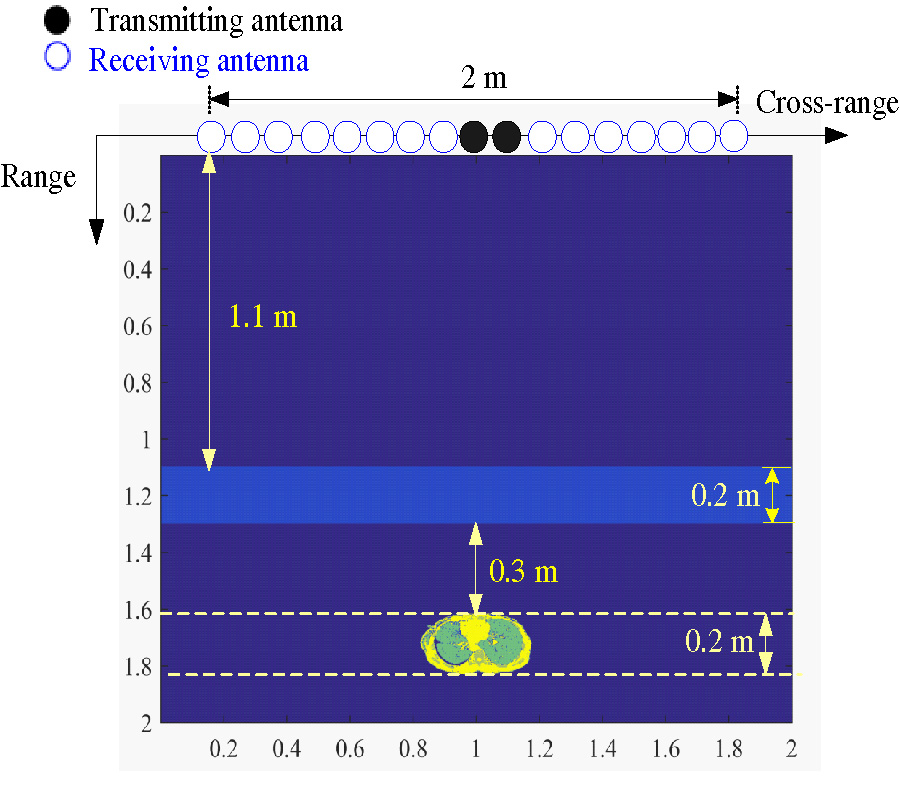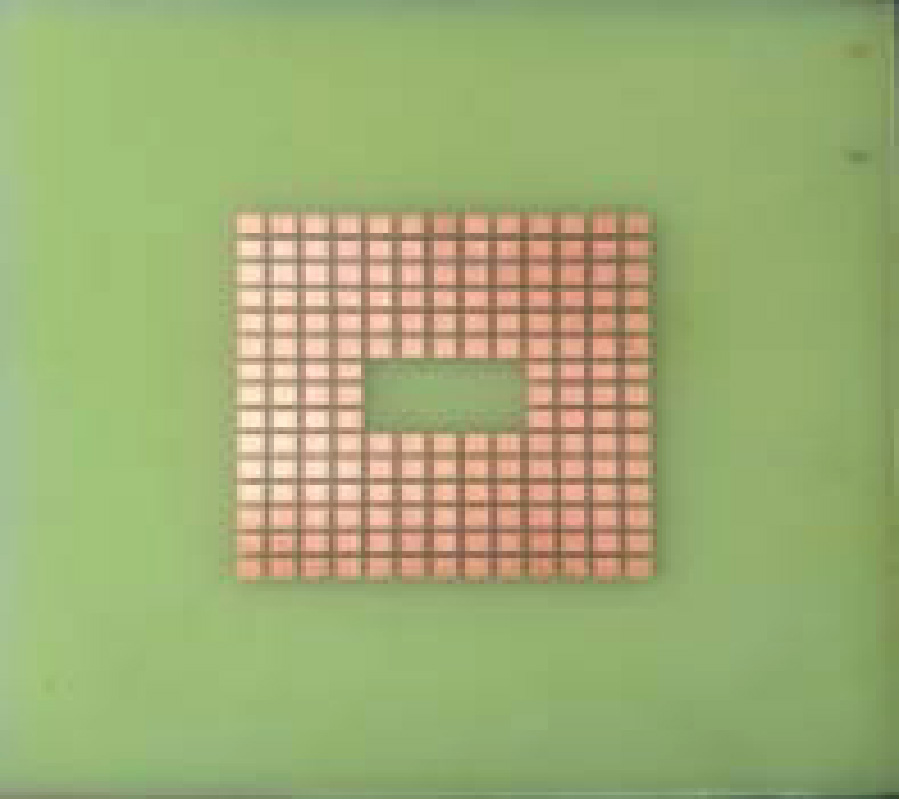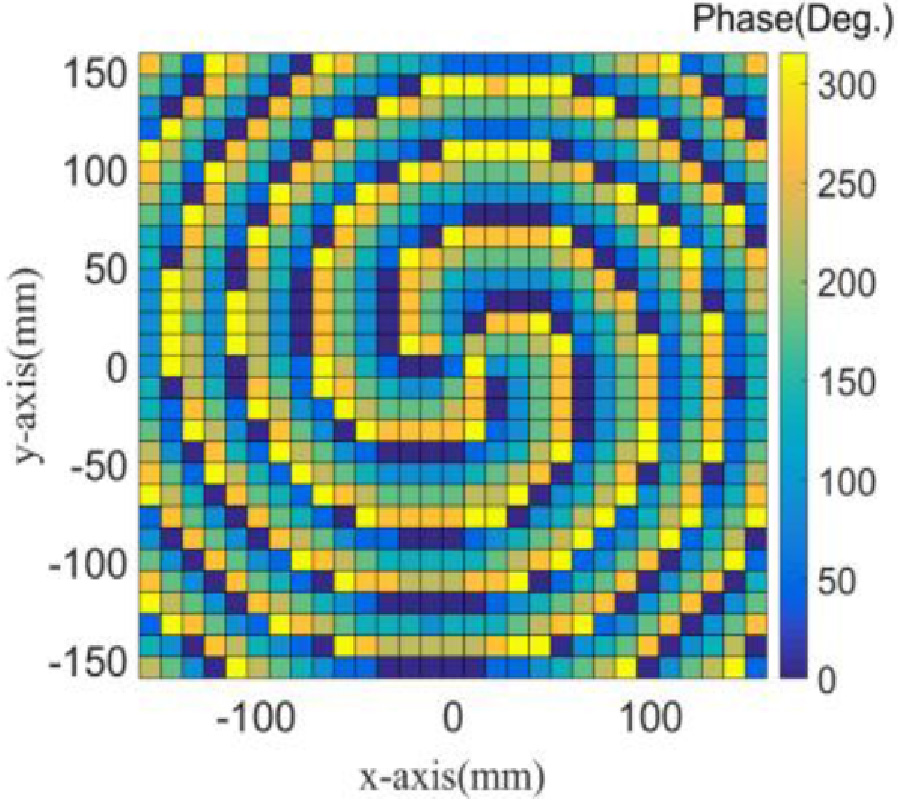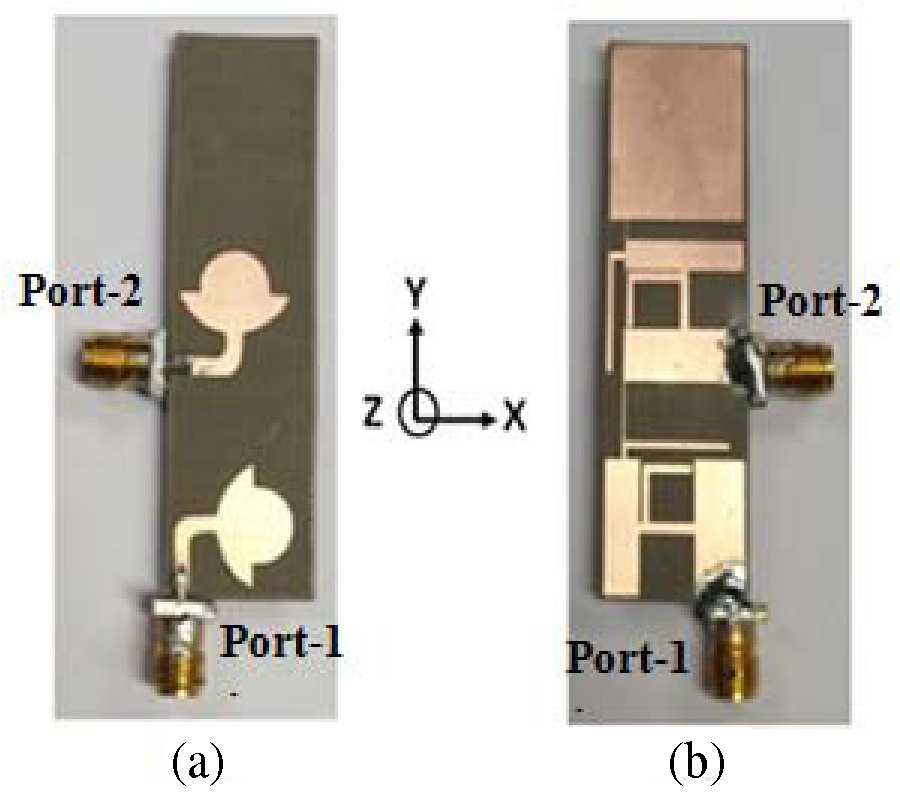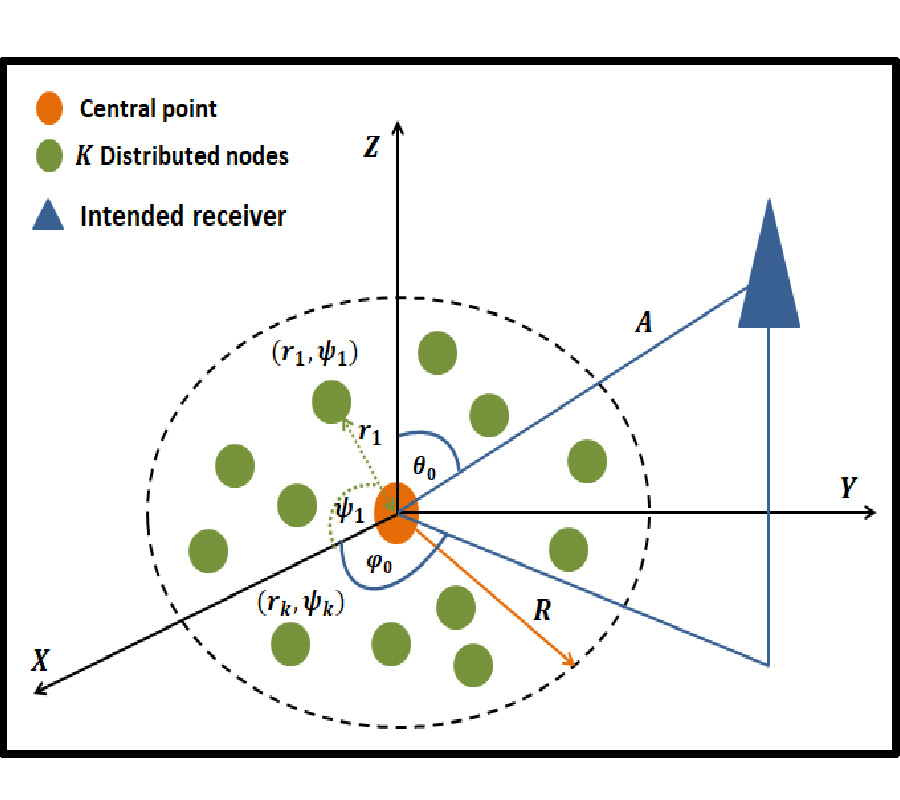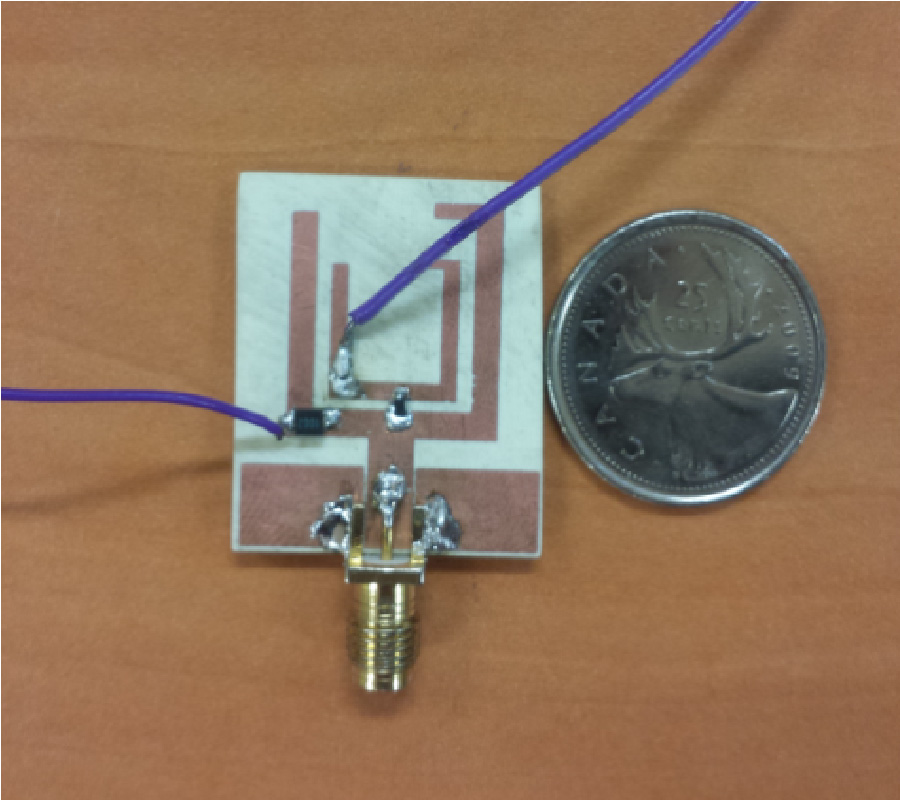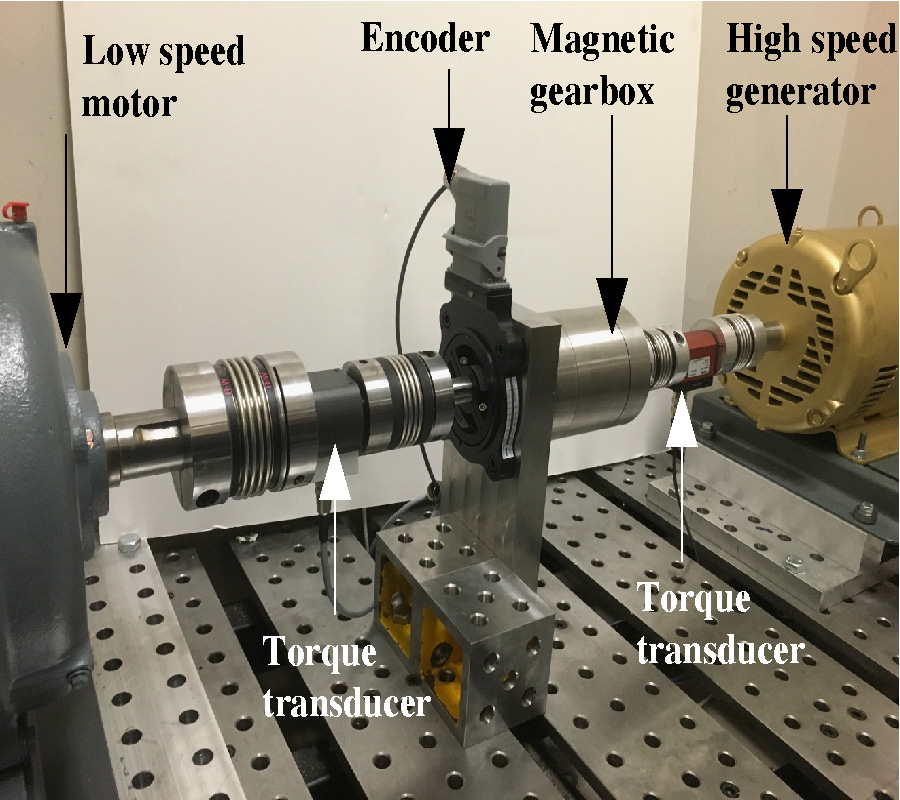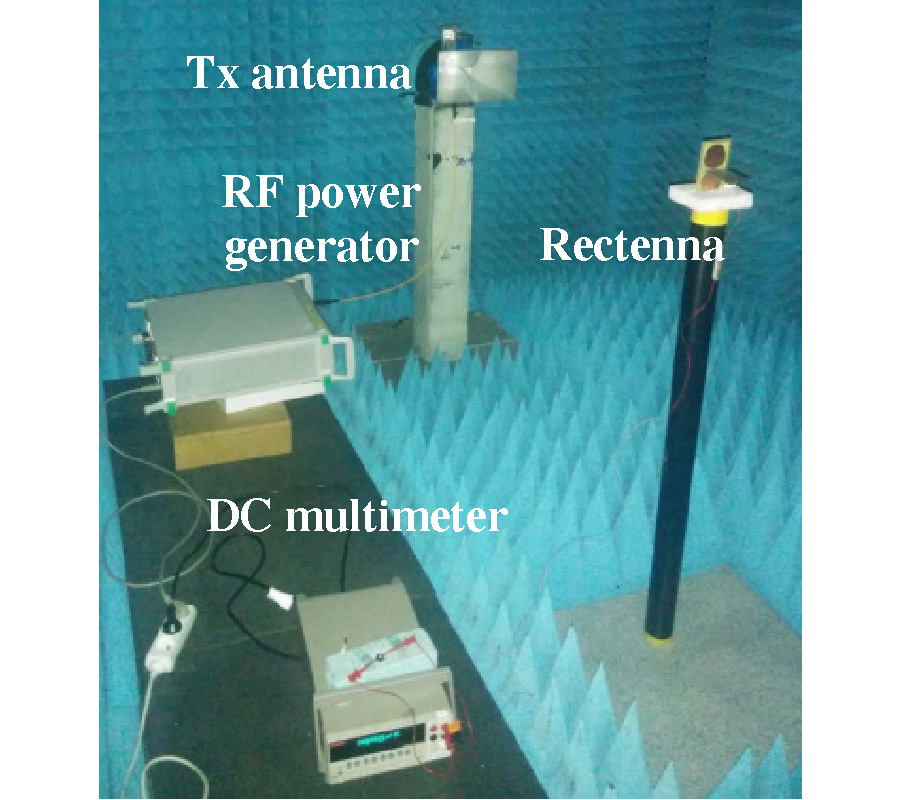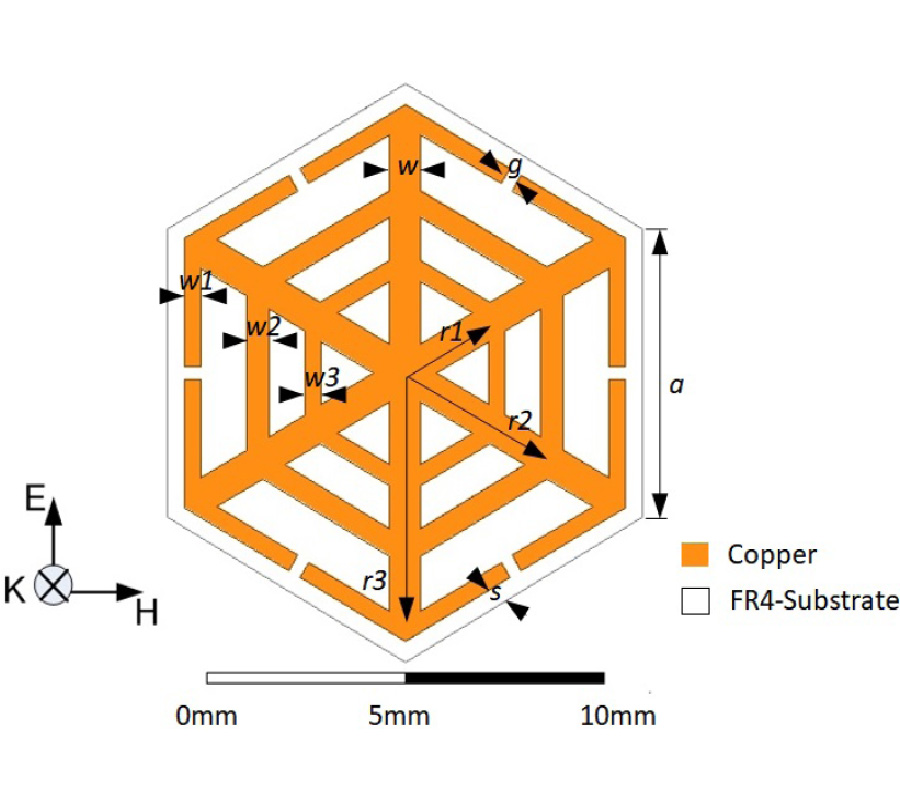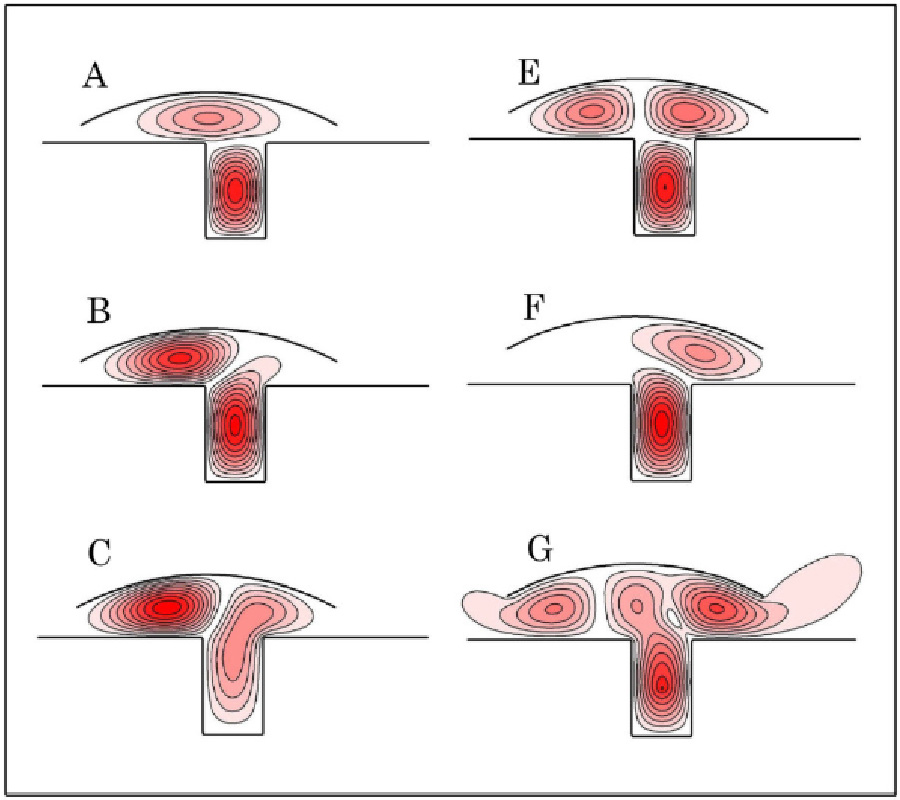An Ultrathin Five-Band Polarization Insensitive Metamaterial Absorber Having Hexagonal Array of 2D-Bravais-Lattice
Prakash Ranjan,
Arvind Choubey,
Santosh Kumar Mahto and
Rashmi Sinha
In this paper, a novel ultrathin five-band polarization insensitive Metamaterial Absorber (MA) is proposed. The proposed structure consists of a periodic array of six arrows with two concentric hexagonal rings, having novel hexagonal 2D-bravais lattices on a grounded FR-4 dielectric substrate (εr = 4.25, loss-tangent tanδ = 0.02). The simulated result shows five discrete absorption peaks. The near unity absorption occurs at 2.7, 6.9, 7.3, 13.6 and 16.9 GHz with peak absorptivity of 88.99, 94.45, 87.58, 93.06 and 90.42% respectively. The proposed absorber is ultrathin with thickness of 0.056λ0 corresponding to the highest frequency of absorption. In order to analyze the absorption mechanism of the structure electromagnetic parameters such as effective permittivity (εeff) and effective permeability μeff) are retrieved and plotted. Wave absorption phenomena are explained by comparative tabulation of real and imaginary parts of electromagnetic parameters. Absorption is further explained by the characteristics impedance and surface current distribution. The structure, being a six-fold symmetric, has been found to be polarization-insensitive under normal incidence. For the oblique incidence of waves, it also achieves high values of absorption for both TE and TM polarizations. The proposed absorber is fabricated, and scattering parameters are measured. Simulated and measured results are in close agreement. Performance of the proposed MA is further investigated by calculating Fractional Bandwidth (FBW). This absorber can find its applications in phase imaging, photo-detector, hyper-spectral imaging, micro-bolometer, spectroscopic detection, surveillance radar and other defence applications.
